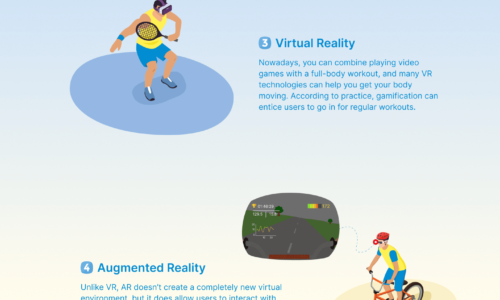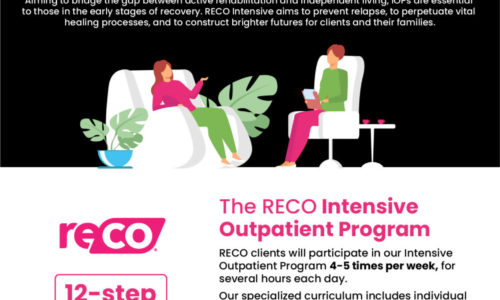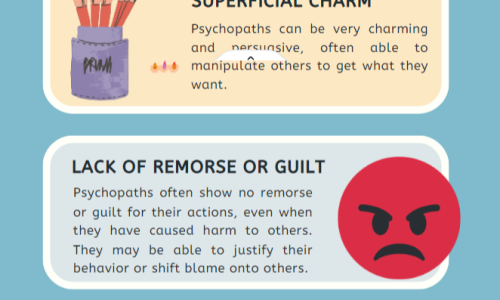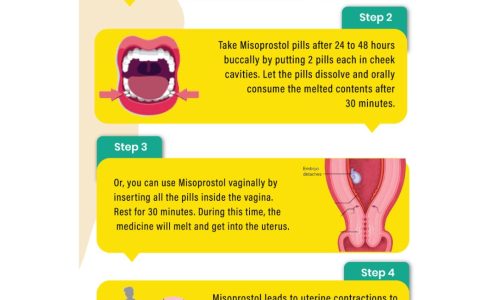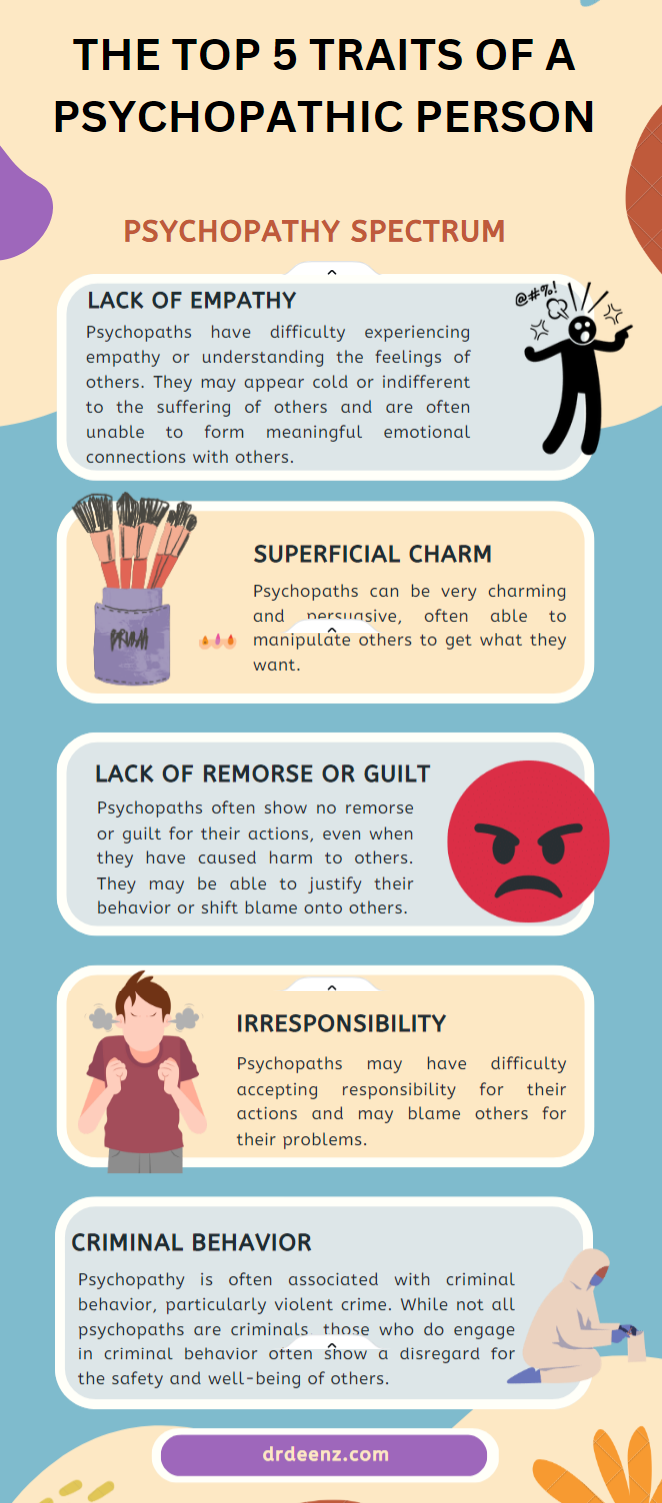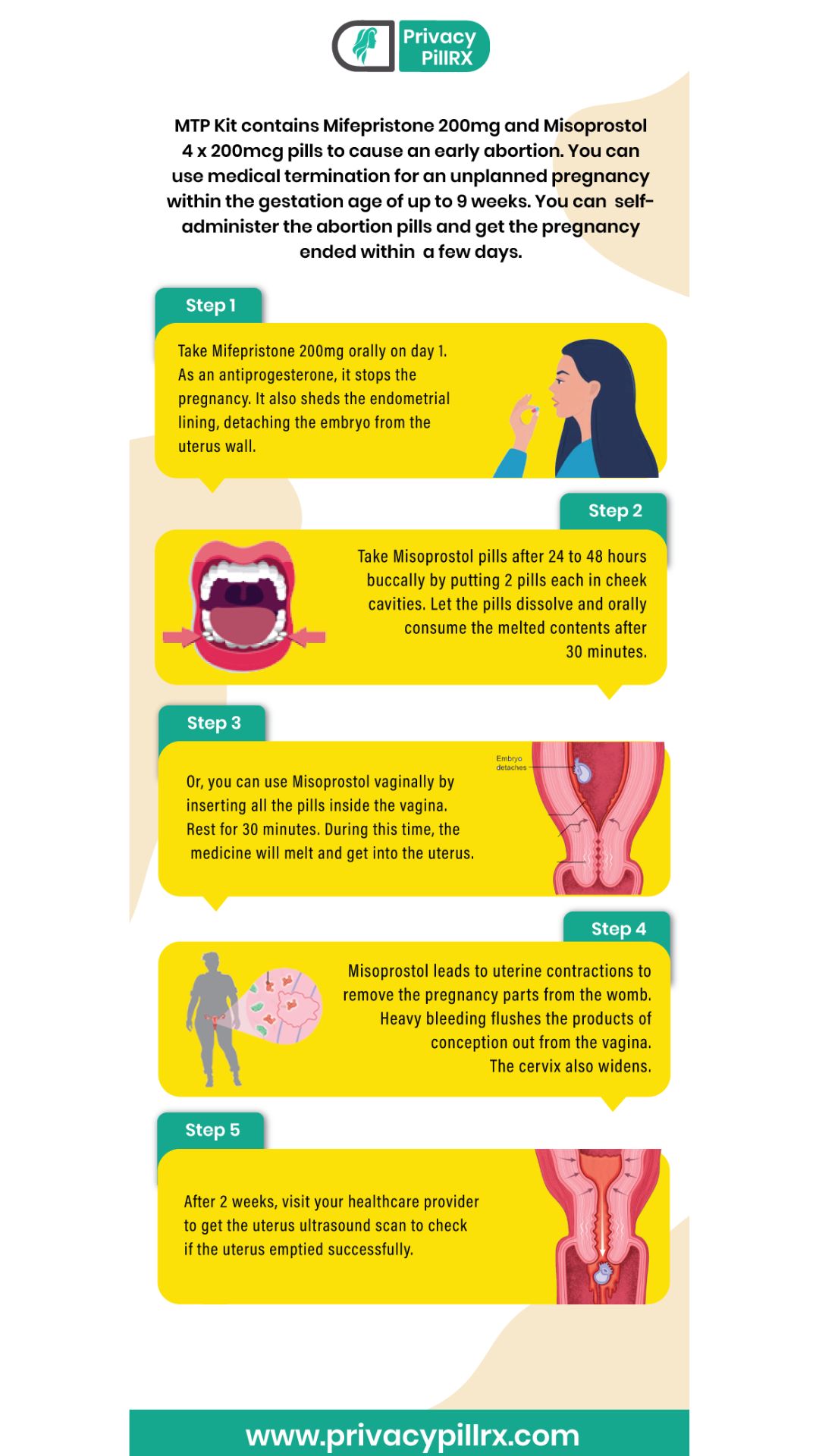Hearables or smart headphones are technically advanced electronic in-ear-devices designed for multiple purposes, ranging from wireless transmission to communication objectives, medical monitoring, and fitness tracking. The global hearable devices market was valued at over US$ 14 Bn in 2017, and is expected to register a CAGR of over 9.3%. The first five-year cumulative revenue (2017–2021) is projected to be over US$ 85 Bn, which is expected to increase rather moderately over the latter part of the five-year forecast period.
Global Hearable Devices Market: Segmental Snapshot
By Product Type: The Bluetooth segment accounted for highest revenue share contribution as compared to other type segment, and is expected to register a CAGR of over 9.0% between 2017 and 2026 owing to benefits of Bluetooth such as directly connecting to cell phone, television, computer, laptop or tablet is increasing among users.
By application: The healthcare segment is projected to account for highest revenue share as compared to that of other application segment, and register a CAGR of 9.0% over the forecast period owing to factor such as technological advancements that allows measuring of heart rate and other parameters such as body temperature, blood pressure, pulse oximetry, electrocardiogram (ECG), electroencephalogram signals.
By region/country: The market in US accounted for highest revenue share in the global hearable devices market in 2016, and is expected to register a CAGR of 9.0% between 2017 and 2026, owing to the presence of prominent hearable devices manufacturers in the country.
Global Hearable Devices Market: Competitive Analysis
The research report on the global hearable devices market includes profiles of some of major companies such as GN Store Nord A/S, Sivantos Pte. Ltd., Apple Inc., Samsung Electronics Co. Ltd., Sennheiser electronics GmbH & Co.KG, Sony Corporation, Starkey Hearing Technology, Inc., Bragi GmbH, Miracle-Ear, Inc., Valancell, Inc., Earin AB, Nuheara Limited, and Eargo Inc.
![]()

